A test charge q is moved without acceleration from A to C along the path from A to B and then from B to C in electric field E as shown in Fig. (i) Calculate the potential difference between A and C (ii) At what point [of A and C] is the electric potential more and why?
![A test charge q is moved without acceleration from A to C along the path from A to B and then from B to C in electric field E as shown in Fig. (i) Calculate the potential difference between A and C (ii) At what point [of A and C] is the electric potential more and why?](https://d10lpgp6xz60nq.cloudfront.net/physics_images/PR_XII_V01_C01_S01_300_Q01.png)
P.D. does not depend upon the path alongwith the test charge q moves
∴ E=−dvdr=−(VC−VAd)−VA−VCd
dAC=4 So, VA−VC−E×4−4∧(E)
At point C, electric potential will be more since as potential decreases in the direction of electric field
∴ VA−E0=E0×d.
Topper's Solved these Questions
- XII BOARDSBOOK - XII BOARDS PREVIOUS YEARCHAPTER - XII BOARDSEXERCISE - PHYSICS (Theory) [SET - II]
6 Videos
- XII BOARDSBOOK - XII BOARDS PREVIOUS YEARCHAPTER - XII BOARDSEXERCISE - PHYSICS (Theory) [SET - III]
10 Videos
- XII BOARDSBOOK - XII BOARDS PREVIOUS YEARCHAPTER - XII BOARDSEXERCISE - [Set-III]
6 Videos
- SAMPLE PAPER 2019BOOK - XII BOARDS PREVIOUS YEARCHAPTER - SAMPLE PAPER 2019EXERCISE - SECTION D
6 Videos
Similar Questions
A test charge q is moved without acceleration from A to C along the path form A to B and then from B to C in electric field E as shown in the figure.
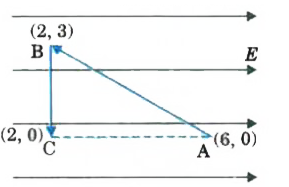
(i) Calculate the potential difference between A and C.
(ii) At which point (of the two) is the electric potential more and why?
View SolutionA test charge 'q' is moved without acceleration from A to C along the path from A to B and then from B to C in electric field E as shows in the figure. (i) Calculate the potential difference between A and C. (ii) At which point (of the two) is the electric potential more and why ?
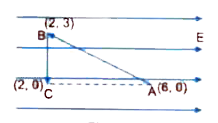
View Solution
Knowledge Check
There is a electric circuit as shown in the figure. Find potential difference between points a and b.
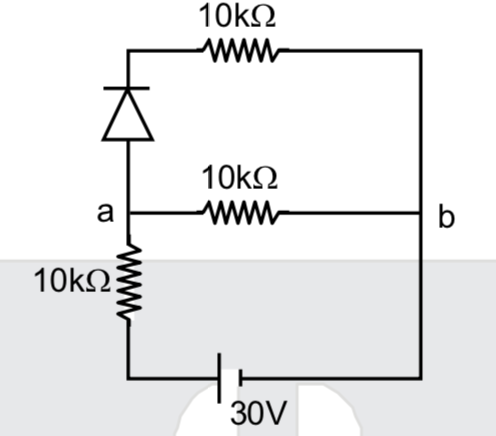 A3VB15VC10VD5V
A3VB15VC10VD5VConsider a unifrom electric field in a region as shown below. Then, potential difference between points A and C is given by
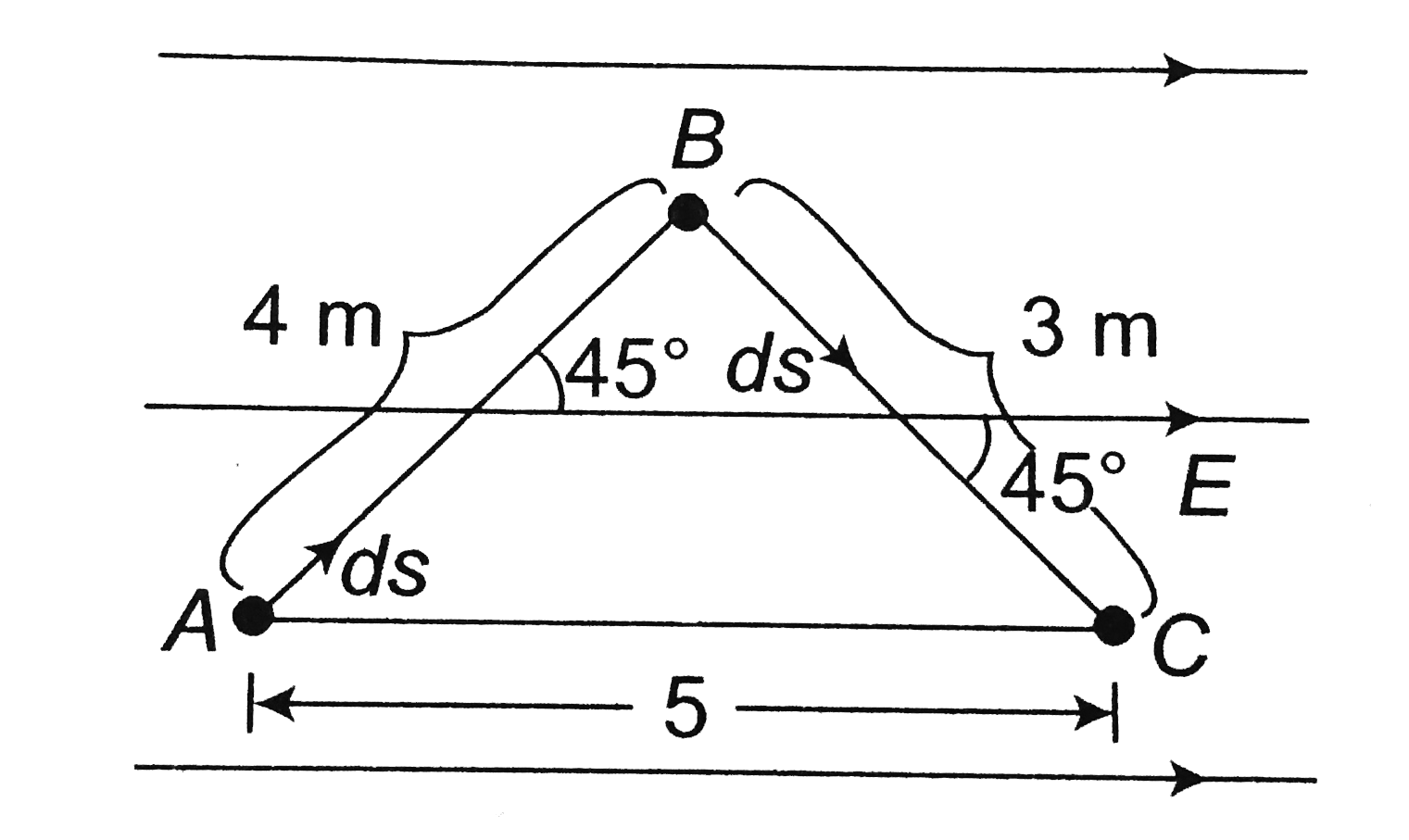 AVA−VC=−∫ABEdscos45∘+∫BCEdscos45∘BVA−VC=−∫ABEdscos45∘−∫BCEdscos45∘CVA−VC=5EDVC−VA=5E
AVA−VC=−∫ABEdscos45∘+∫BCEdscos45∘BVA−VC=−∫ABEdscos45∘−∫BCEdscos45∘CVA−VC=5EDVC−VA=5E
Three points A,B,C lie in a uniform electric field E of 5×103N/C as shown in Fig. Find the potential difference between A and C.

View SolutionIn circuit shown in figure calculate the potential difference between the points A and B and between the points B and C in the steady state.
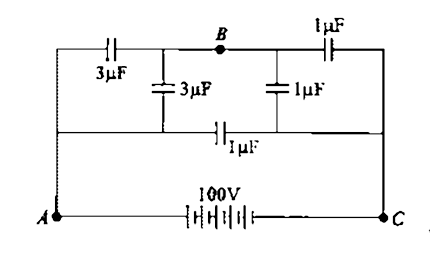
View SolutionA test charge q0 is moved without acceleration from A to C over the path ABC as shown in Fig.
Calcualate potential difference beetween A and C.
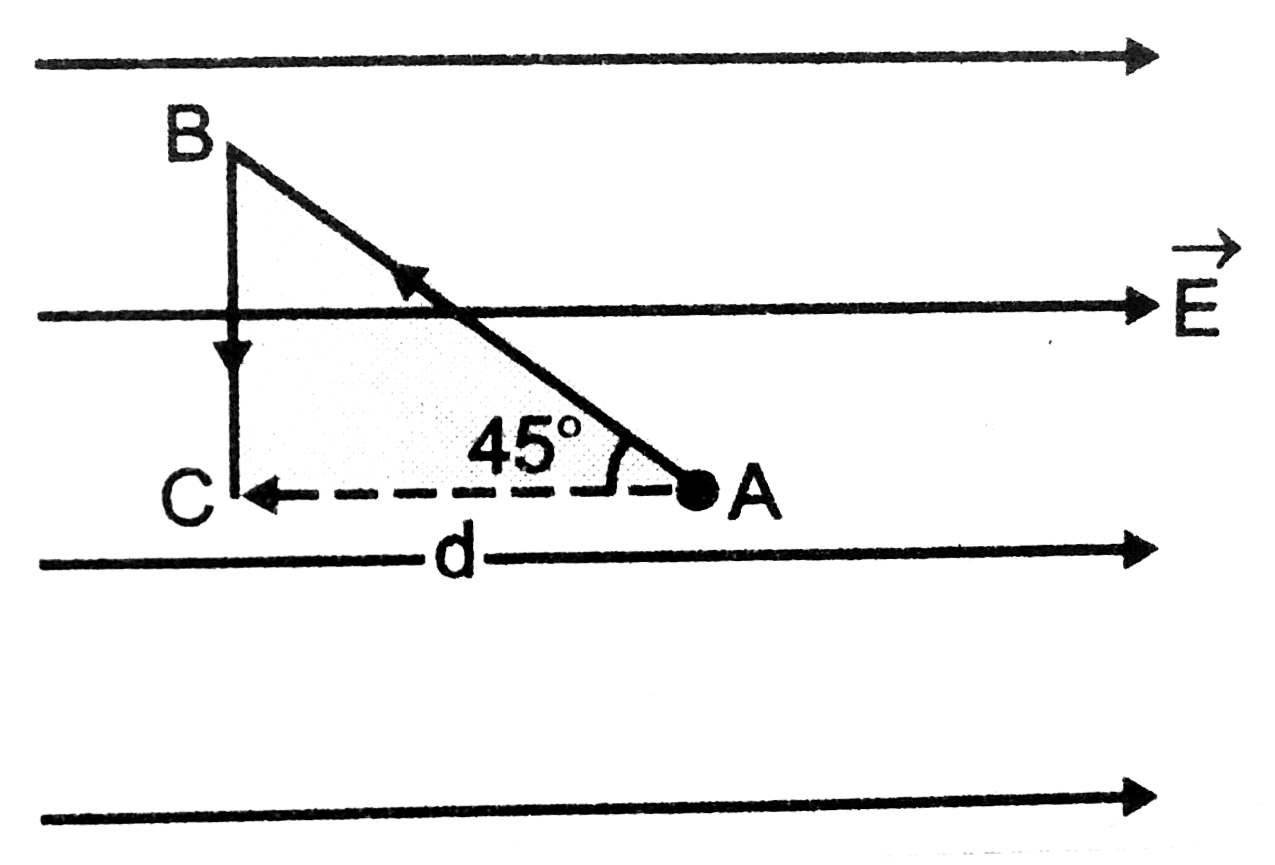
View SolutionCalculate the potential difference between the points A and B, and between the points B and C of figure in steady state
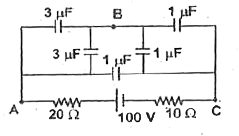
View SolutionIn the diagram shown find the potential difference between the points A and B and between the points B and C in the steady state.
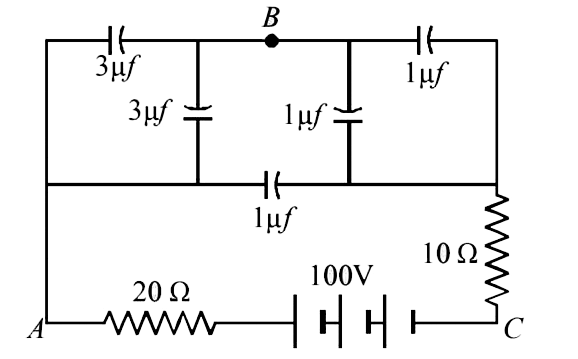
View SolutionA charge of 5 C is moved between two point is an electric field and 20 J of work was done to do so. Calculate the potential difference between the two points.
View Solution
